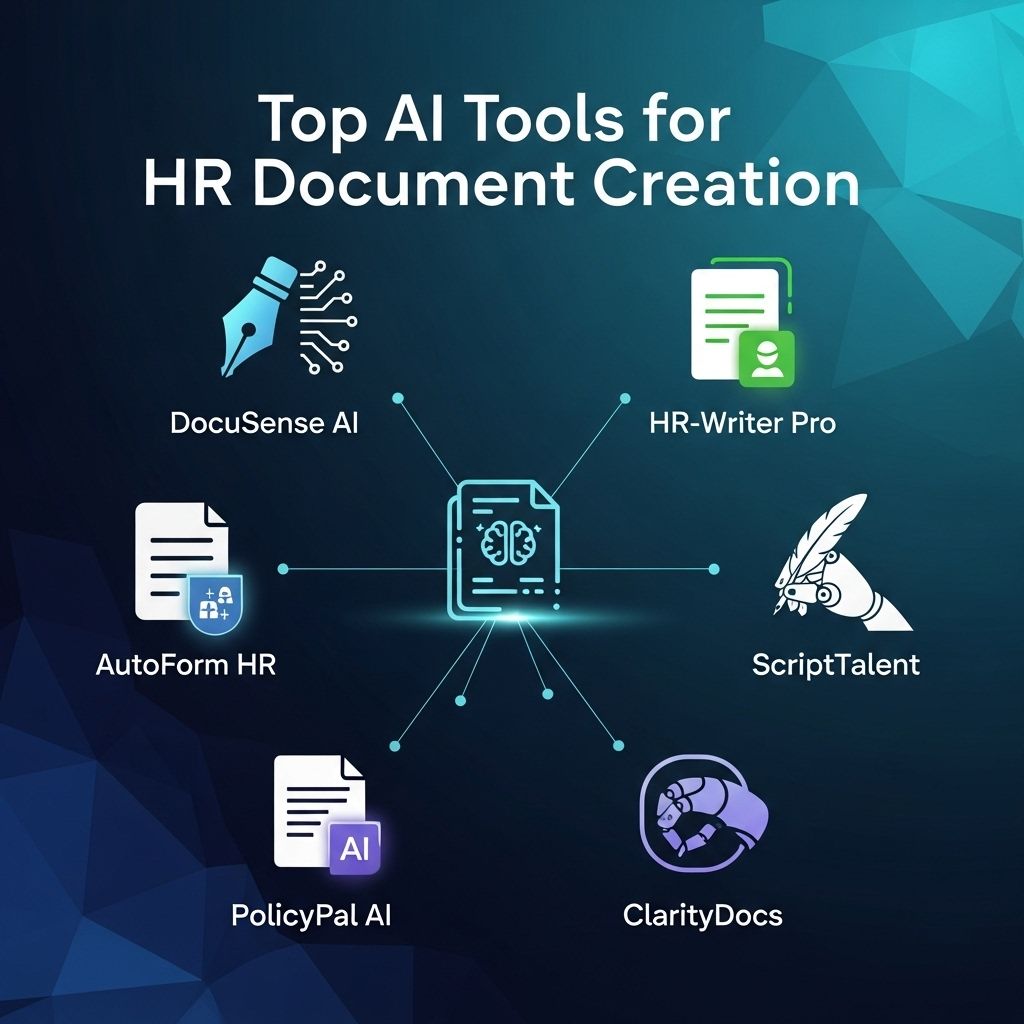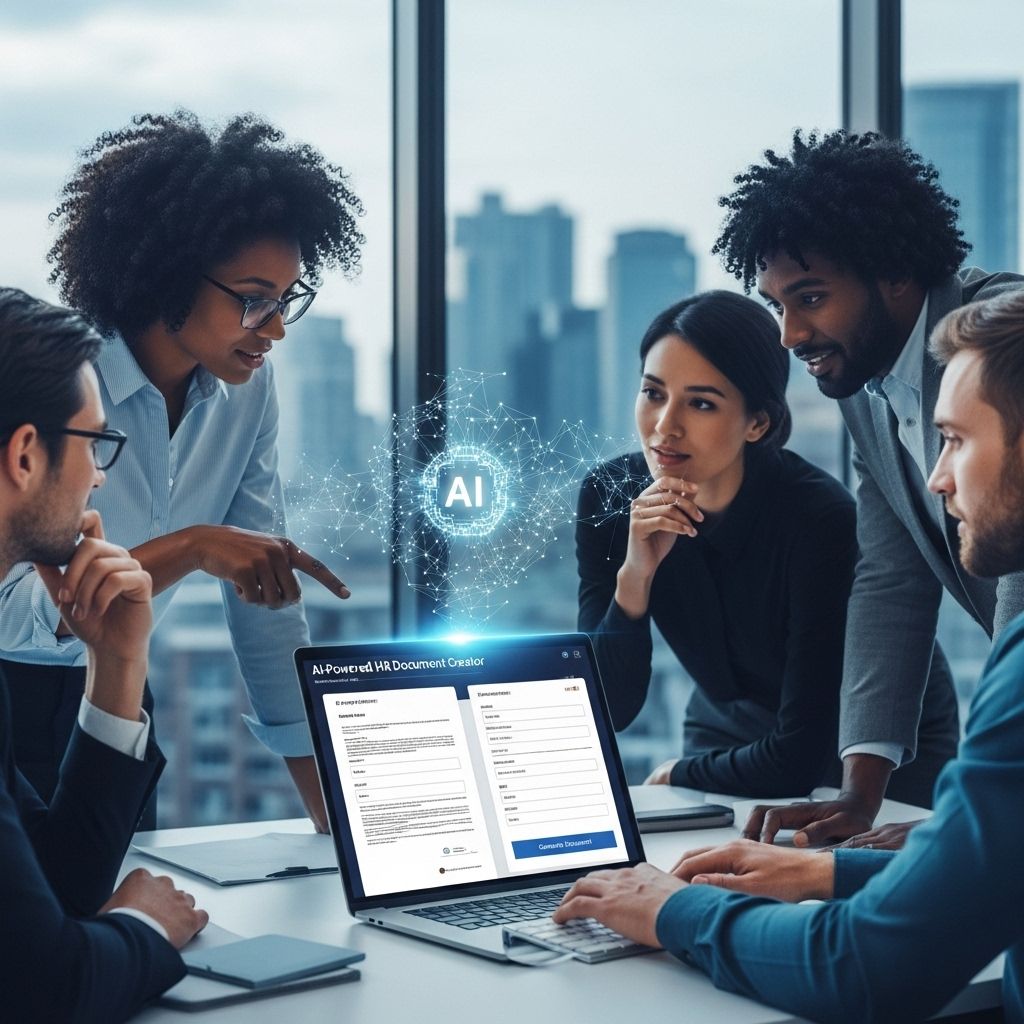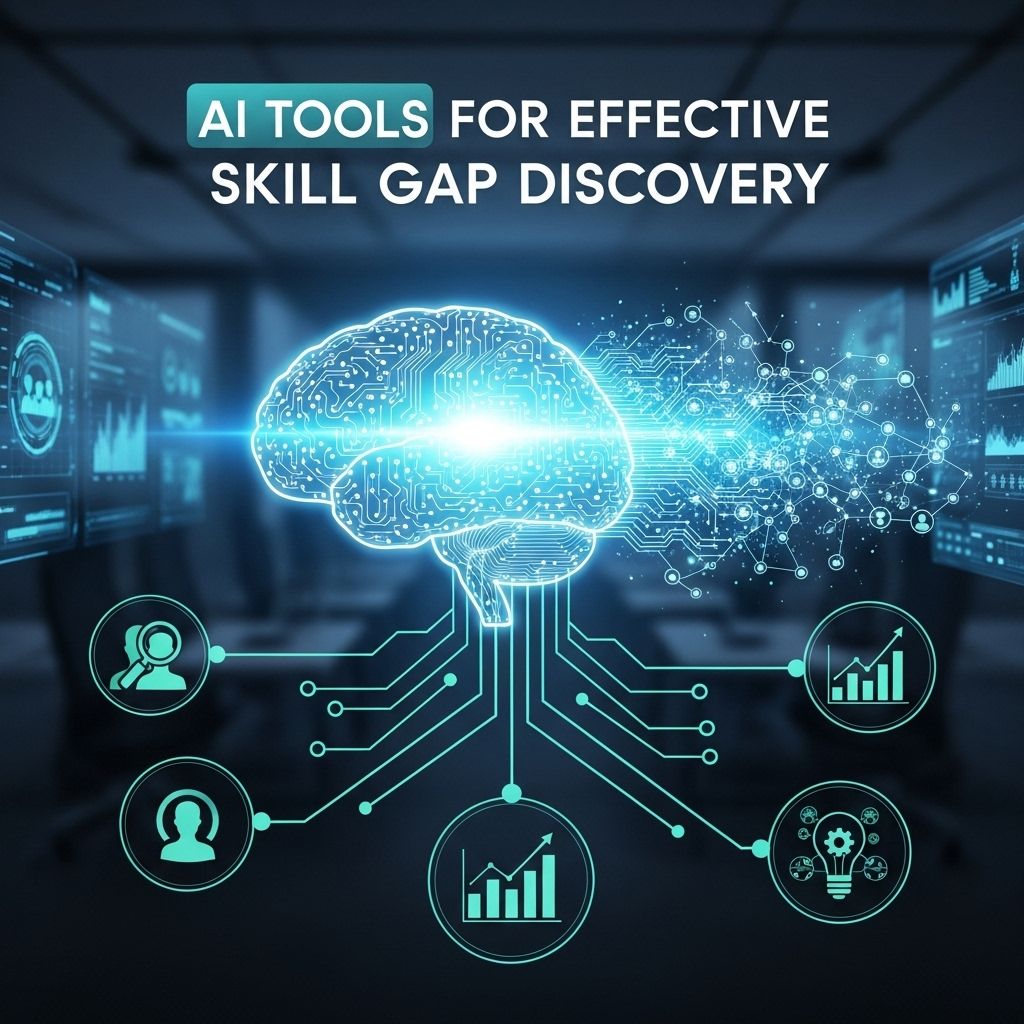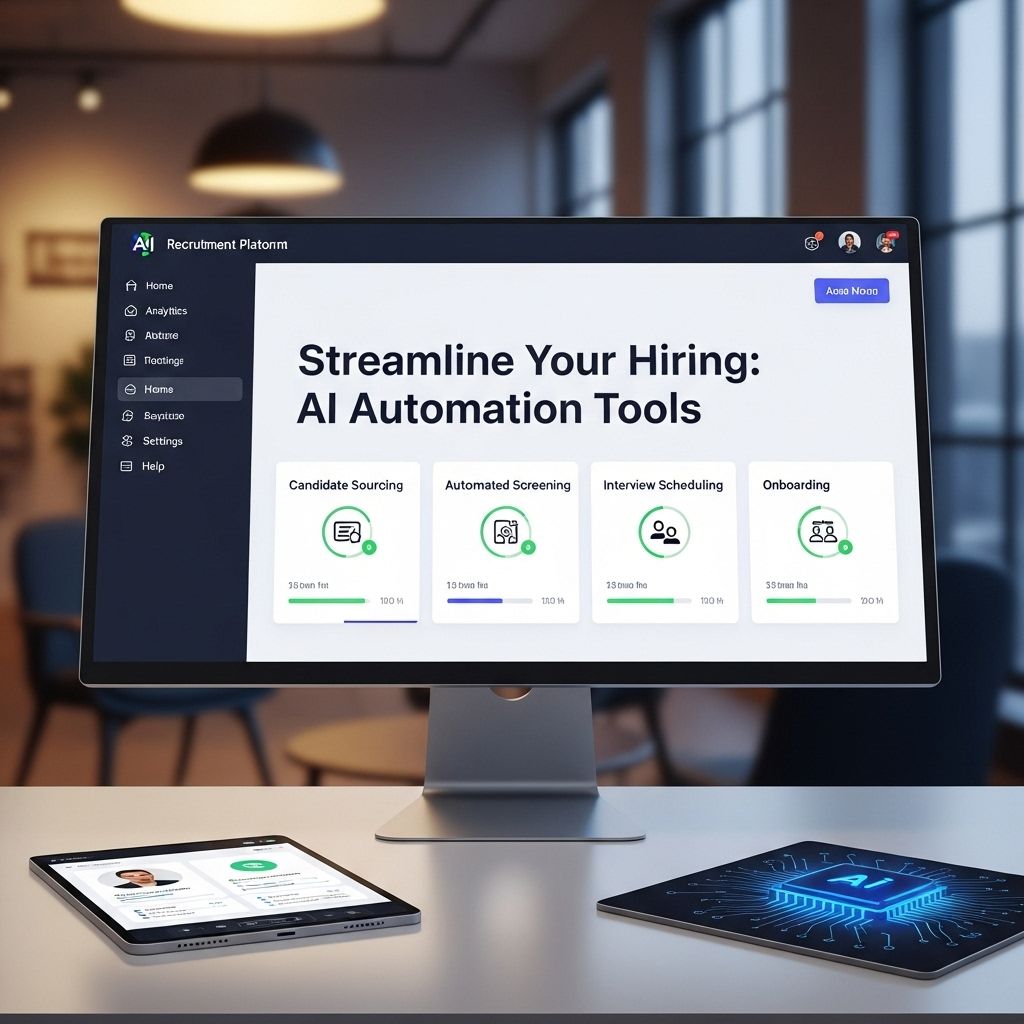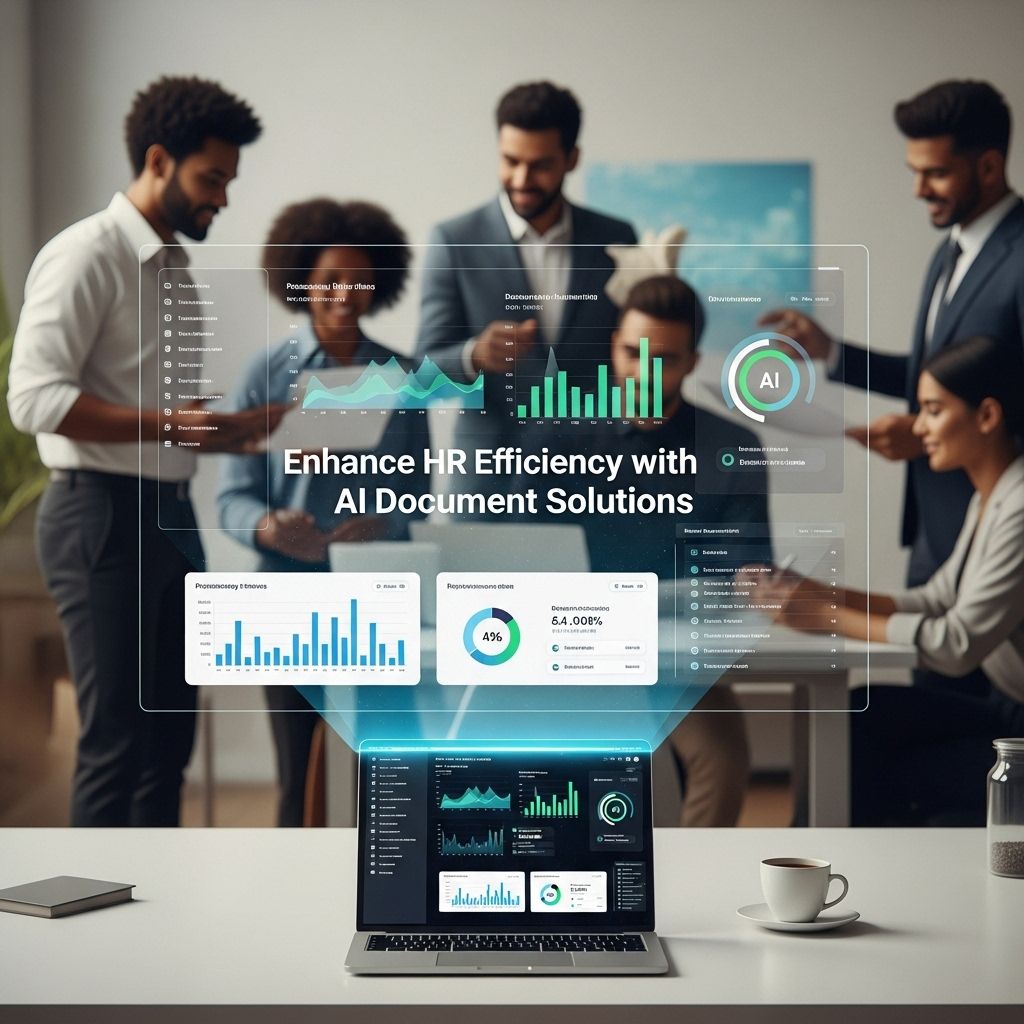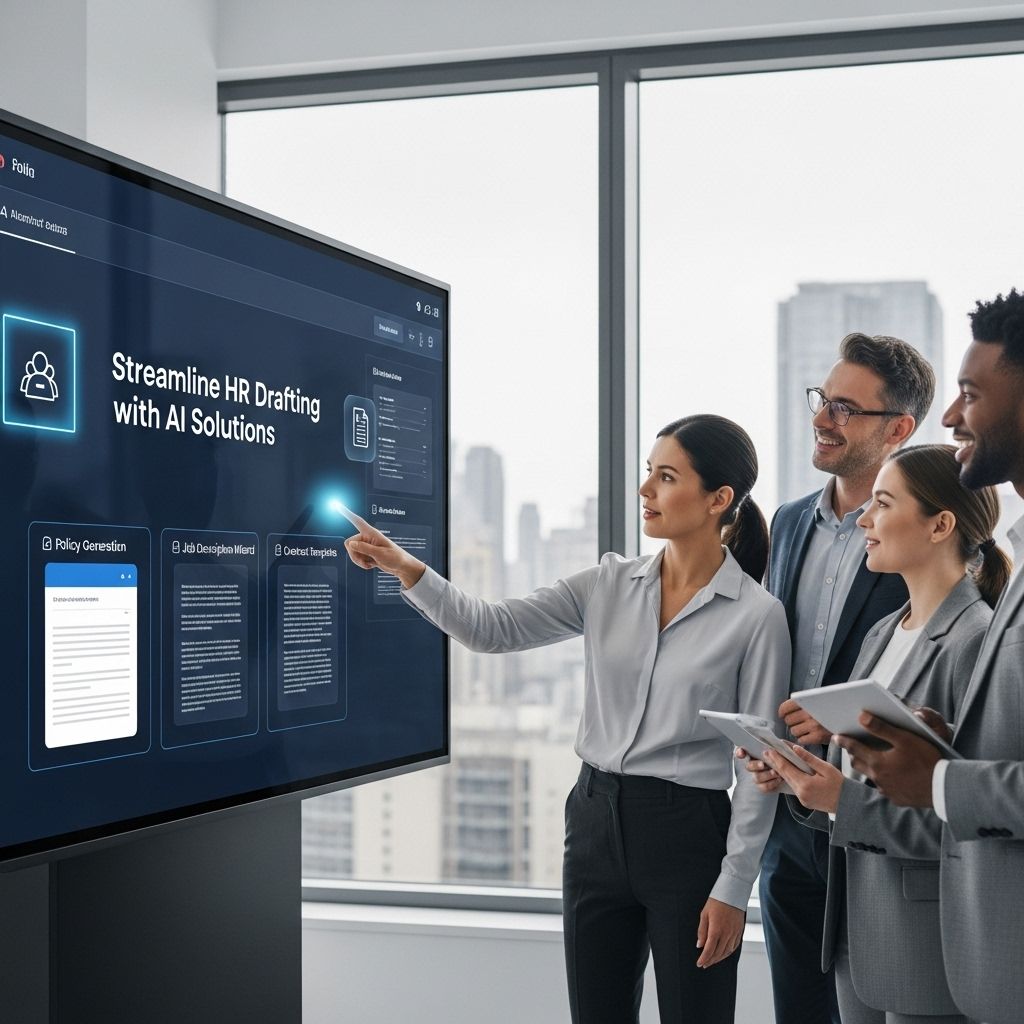Revolutionize Your Pay Structure with AI Assistants
Discover how AI assistants can transform your pay structure, enhancing efficiency and employee satisfaction in the modern workplace.
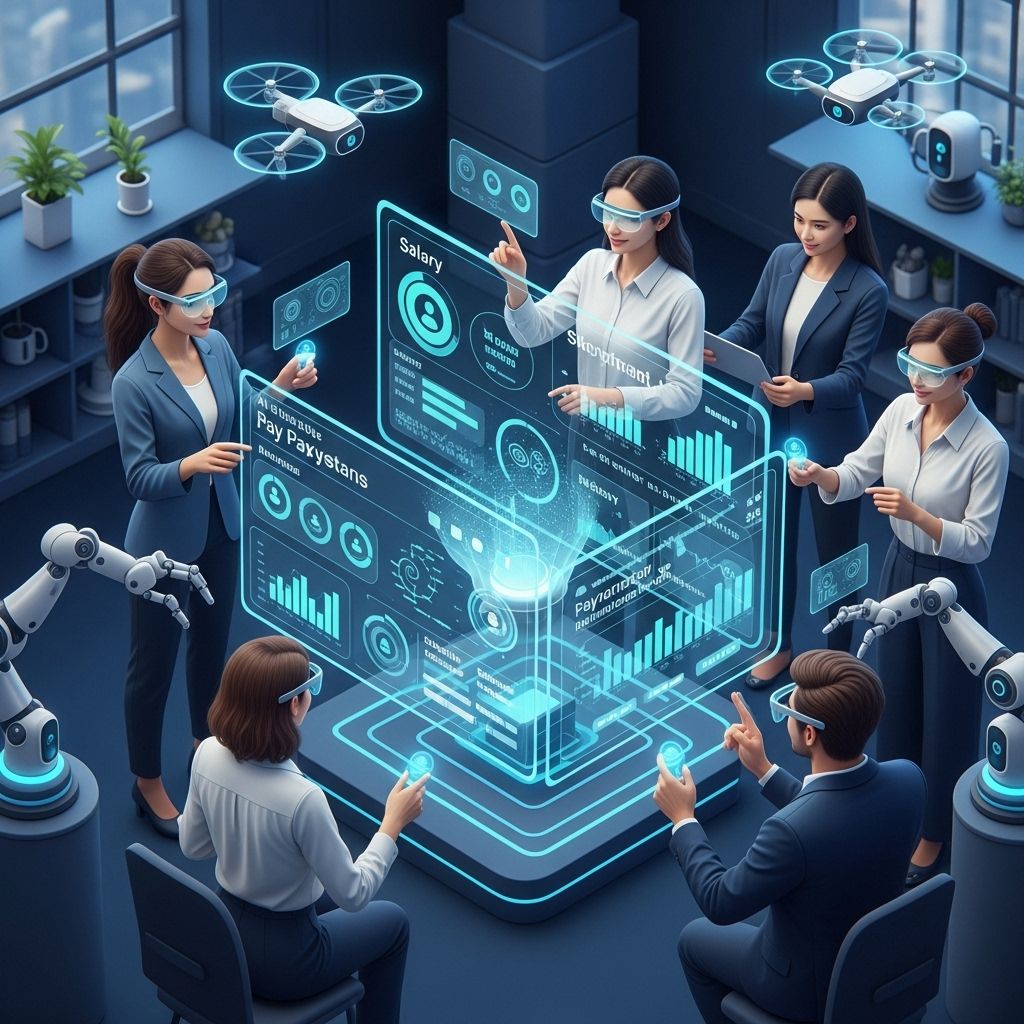
In today’s rapidly evolving technological landscape, businesses are increasingly turning to artificial intelligence (AI) to streamline operations and enhance efficiency. One of the most transformative applications of AI lies in the realm of payroll and compensation management. By integrating AI assistants into pay structure processes, organizations can not only improve accuracy and compliance but also foster employee satisfaction and retention. This article delves into how businesses can revolutionize their pay structures using AI assistants, exploring their benefits, implementation strategies, and future prospects.
Table of Contents
The Transformative Role of AI in Payroll Management
AI assistants are designed to automate tasks, analyze data, and provide insights that can lead to better decision-making. In payroll management, the integration of AI can assist in various areas:
1. Automating Routine Tasks
AI can manage repetitive administrative tasks such as data entry, calculations, and processing payroll. This not only reduces human error but also allows HR professionals to focus on more strategic initiatives:
- Automatic calculation of taxes and deductions.
- Generation of payslips without manual intervention.
- Integration with time-tracking systems for accurate compensation based on hours worked.
2. Enhancing Data Accuracy
With AI’s ability to analyze large datasets, organizations can ensure more accurate payroll processing. This includes:
- Real-time tracking of employee hours and absences.
- Reducing discrepancies in pay rates due to human error.
- Ensuring compliance with labor laws and regulations by continuously updating policies.
Benefits of AI-Assisted Pay Structures
Integrating AI into pay structures offers a myriad of advantages:
1. Increased Efficiency
With AI handling mundane tasks, the efficiency of payroll processing can dramatically increase:
- Faster payment cycles – employees receive their salaries on time.
- Reduced administrative burden on HR teams.
2. Improved Employee Satisfaction
Timely and accurate payments contribute significantly to employee morale. AI can also provide personalized information regarding compensation:
- Instant access to pay details through chatbots.
- Informed decision-making regarding bonuses and raises based on performance data.
3. Cost Savings
While there is an initial investment in AI technology, the long-term cost savings can be substantial:
- Reduction in payroll errors translates to fewer penalties and fines.
- Lower administrative costs due to process automation.
Implementing AI in Your Pay Structure
Transitioning to an AI-assisted pay structure requires careful planning and execution. Here are steps to consider:
1. Assess Your Current Payroll System
Understanding the existing workflow is crucial. Identify areas where AI can be integrated for maximum impact:
- Evaluate current software capabilities.
- Identify bottlenecks and inefficiencies in the process.
2. Choose the Right AI Tools
There are numerous AI solutions available in the market. Consider the following factors when selecting tools:
- Compatibility with existing systems.
- User-friendliness and training requirements.
- Customer support and updates.
3. Train Your Staff
Effective use of AI tools requires adequate training. Ensure that HR staff understand:
- How to interact with AI systems.
- The benefits of using AI for payroll management.
4. Monitor and Optimize
After implementation, regularly monitor the AI system’s performance. Collect feedback and continuously optimize:
- Conduct employee surveys to assess satisfaction levels with payroll processing.
- Adjust AI algorithms based on changing regulations or business needs.
Future Trends in Payroll Management with AI
The evolution of AI continues to shape payroll processes. Consider these emerging trends:
1. Predictive Analytics
AI systems are becoming increasingly sophisticated in predicting payroll needs based on historical data. This may include:
- Projecting labor costs for upcoming projects.
- Forecasting employee turnover and associated costs.
2. Real-Time Reporting
Future AI tools may provide real-time analytical reporting, allowing HR to make data-driven decisions instantly:
| Feature | Benefit |
|---|---|
| Dashboards | Visualize payroll data at a glance. |
| Alerts | Receive notifications for compliance issues or payroll discrepancies. |
3. Enhanced Employee Engagement
As AI becomes integrated with employee engagement platforms, organizations will be able to:
- Provide tailored compensation packages based on individual performance.
- Use AI assistants to guide employees through compensation-related queries.
Conclusion
The integration of AI assistants into payroll management has the potential to revolutionize how organizations structure and manage compensation. By embracing these technological advancements, businesses stand to gain increased efficiency, improved employee satisfaction, and significant cost savings. As AI continues to evolve, its role in payroll will only become more pronounced, shaping a more agile and responsive workforce. The future of payroll management is here, and organizations must adapt to thrive in this new landscape.
FAQ
What is an AI assistant in payroll management?
An AI assistant in payroll management is a software tool that utilizes artificial intelligence to automate and optimize payroll processes, ensuring accuracy, efficiency, and compliance.
How can AI assistants improve payroll accuracy?
AI assistants can minimize human errors by automating calculations, cross-referencing data, and providing real-time updates, resulting in more accurate payroll processing.
What are the benefits of using AI for pay structure optimization?
Using AI for pay structure optimization can lead to better financial insights, personalized compensation plans, and improved employee satisfaction through data-driven decisions.
Is it difficult to integrate AI assistants into existing payroll systems?
Integration can vary in complexity, but many AI payroll solutions are designed to seamlessly connect with existing systems, making the transition smoother.
Can AI assistants help with compliance in payroll management?
Yes, AI assistants can help ensure compliance by automatically updating regulations, tracking changes, and generating reports that adhere to legal standards.
What should I consider when choosing an AI payroll assistant?
Consider factors such as scalability, user-friendliness, integration capabilities, customer support, and the specific features that align with your business needs.


